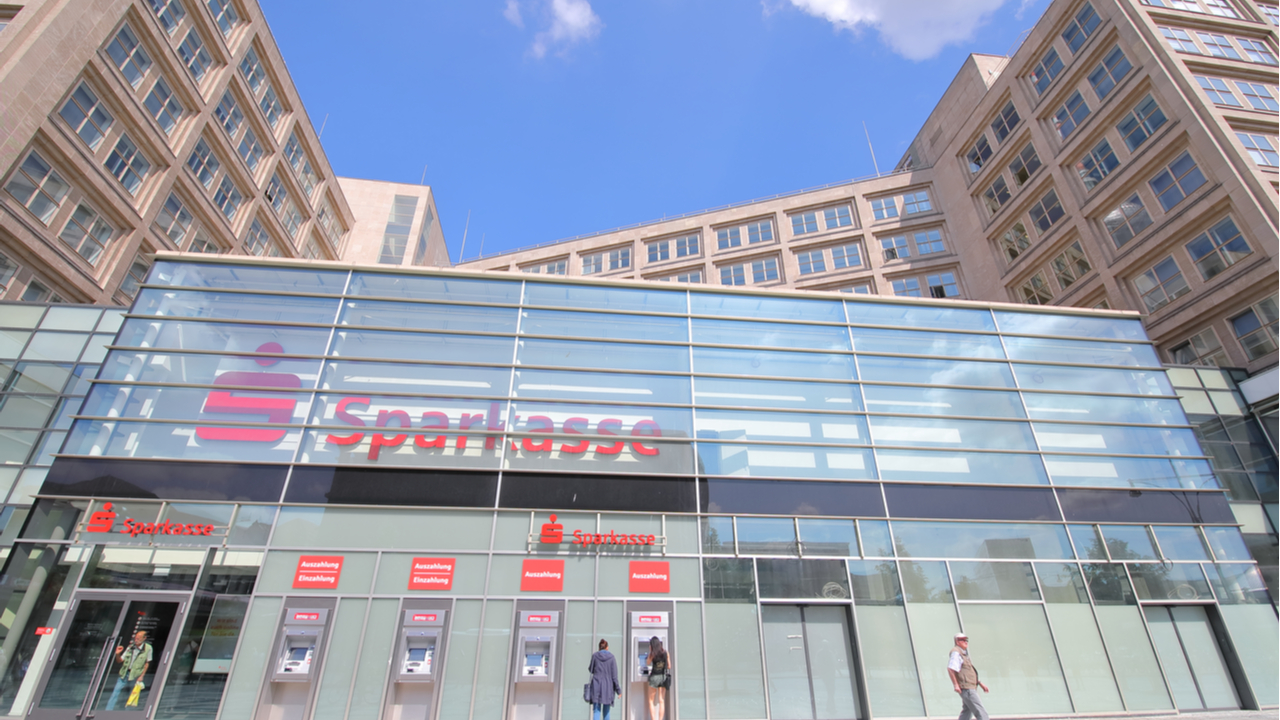
As new cryptocurrency storage offerings emerge, users must carefully weigh several factors before making their choice.
How can new and avid cryptocurrency users find a wallet that meets their needs?
Cryptocurrency holders can seek out wallets that offer the best of security, functionality and usability –– features that cater to any set of users.
Users must be careful to consider factors including security, functionality and ease of use when determining where they will keep their funds. Although this typically means a choice between hot or cold storage, newer wallet releases give users many of these features within a single offering.
The HitBTC team has since released their own wallet, branded by its security and clean interface, with the driving force to ensure that cryptocurrencies are universally accessible. The wallet itself is designed for anyone to use, whether it’s a first-time cryptocurrency user or an avid investor.
It offers diverse functionality, including the ability to buy crypto with Apple Pay, VISA or Mastercard, exchange them on the app, and ensure security through two-factor authentication (2FA), face ID and biometry.
By practicing a security-first approach, the team can provide a solution that ensures user safety while allowing for a straightforward approach for handling digital currencies.
Disclaimer. Cointelegraph does not endorse any content or product on this page. While we aim at providing you with all important information that we could obtain, readers should do their own research before taking any actions related to the company and carry full responsibility for their decisions, nor can this article be considered as investment advice.
Why should proper storage be top of mind for cryptocurrency users?
Cybercriminals are becoming more crafty as they discover new ways to take advantage of cryptocurrency users.
As the use of digital currencies increases and the amount of funds circulating grows in proportion, the so-called honey pot becomes more appealing to bad actors. This has become evident in the prevalence of cryptocurrency attacks becoming increasingly targeted and cybercriminals finding more clever ways to steal investors’ financial assets. In some cases, cybercriminals have been known to take advantage of rogue devices, phishing emails, among other techniques to steal assets from cryptocurrency investors.
Despite the risks at stake, cryptocurrencies continue to offer a host of benefits, including high returns and access to the world of DeFi, which makes holding these assets appealing to the world at large. Therefore, users must carefully consider the way they are safeguarding their assets, more so in 2022 than ever before.
What types of wallets are available to users, and when should each be used?
Cryptocurrency wallets fall into two main categories, hot or online and cold or offline. In most cases, online wallets are recommended for frequent traders, whereas their offline counterparts are better suited for significant holdings planned to be held for a long time.
Crypto wallets vary from physical devices to pieces of paper to online software; however, among the most common for new users are the built-in exchange services that make it easy for users to store their assets directly through the platform. These diverse offerings will fall under one of two types of storage, hot or cold, both of which offer different benefits and drawbacks for their users.
On one side, hot or online wallets are primarily known for their ease of use, especially for those that participate in frequent trading. Within this category are web-based wallets, desktop wallets and mobile wallets, all of which are always connected to the internet and therefore do not require a transition between an offline and online wallet to undergo a transaction. The secondary benefit is that these offerings take the pressure of storing a user’s private key off of the user and onto the provider.
However, this is often a double-edged sword as exchanges are often the target for hackers, leaving a user’s private keys subject to risk. A cold wallet, such as the paper wallet mentioned above or a hardware alternative, eliminates these risks but opens cryptocurrency holders to other concerns, such as the loss of such a device.
What do users need to consider after purchasing their first cryptocurrencies?
Following the purchase of cryptocurrency, users must consider how they will store their digital assets.
After purchasing a digital asset, users will need to find a safe place to store them. The main difference is that, unlike fiat assets, which can be stored in a physical location, cryptocurrencies are digital and exist on a distributed ledger known as the blockchain.
When coins are purchased, a private key and a public key are issued. Wallets may link to several public keys, each serving as an address for funds to be sent to a given crypto wallet. While this key can be given out like an email address, its private counterpart is more like a key that unlocks a safe. The similarity with this comparison is that the very user that holds the key holds the funds inside.
While this concept might sound complex on the surface, especially to the many people new to cryptocurrency, wallets, the location where users can store their private keys, aim to make the experience more user-friendly. Unfortunately, the concept of wallets is broad, and the number of choices is diverse. This leaves the choice of how cryptocurrency will be stored to that of the user themselves.















